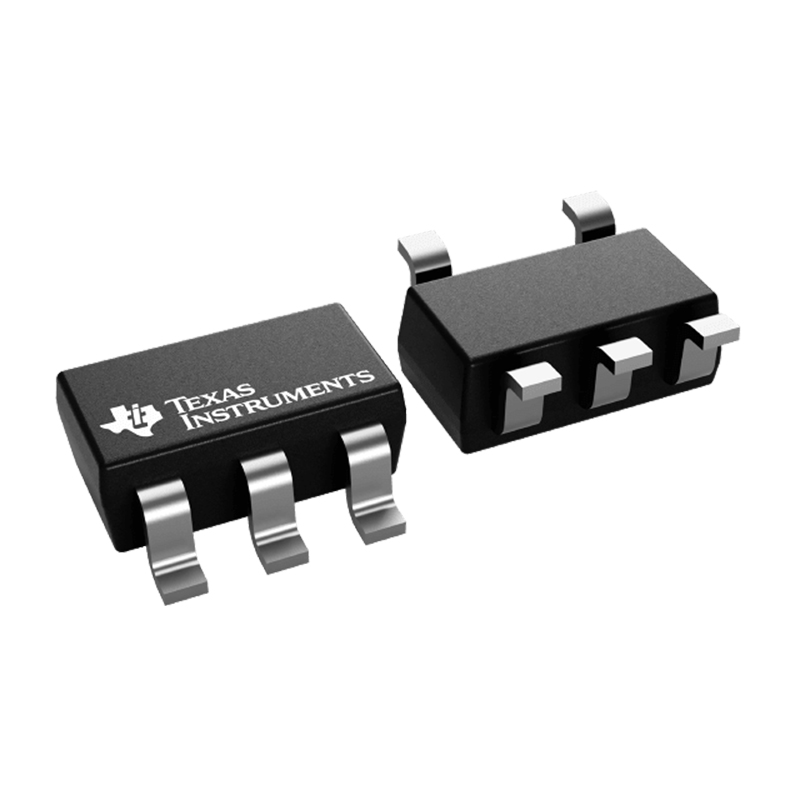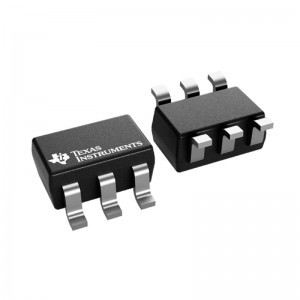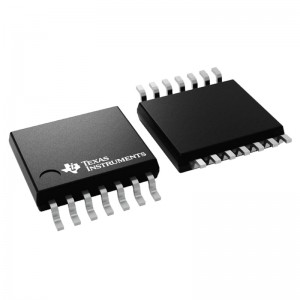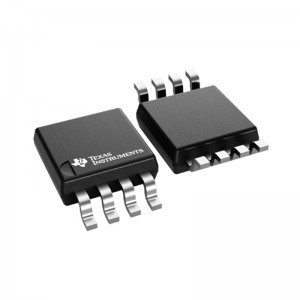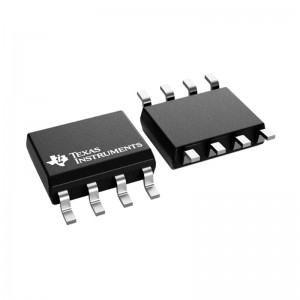
Products
TLV2211CDBVR with high output current (10 mA)
Features for the TLV2211
●Output Swing Includes Both Supply Rails
●Low Noise...21 nV/ Hz Typ at f = 1 kHz
●Low Input Bias Current...1 pA Typ
●Very Low Power...11 µA Per Channel Typ
●Common-Mode Input Voltage Range Includes Negative Rail
●Wide Supply Voltage Range 2.7 V to 10 V
●Available in the SOT-23 Package
●Macromodel Included
Advanced LinCMOS is a trademark of Texas Instruments.
Description for the TLV2211
The TLV2211 is a single low-voltage operational amplifier available in the SOT-23 package. It consumes only 11 µA (typ) of supply current and is ideal for battery-power applications. The TLV2211 has a 3-V noise level of 22 nV/Hz at 1kHz; 5 times lower than competitive SOT-23 micropower solutions. The device exhibits rail-to-rail output performance for increased dynamic range in single- or split-supply applications. The TLV2211 is fully characterized at 3 V and 5 V and is optimized for low-voltage applications.
The TLV2211, exhibiting high input impedance and low noise, is excellent for small-signal conditioning for high-impedance sources, such as piezoelectric transducers. Because of the micropower dissipation levels combined with 3-V operation, these devices work well in hand-held monitoring and remote-sensing applications. In addition, the rail-to-rail output feature with single or split supplies makes this family a great choice when interfacing with analog-to-digital converters (ADCs).
With a total area of 5.6mm2, the SOT-23 package only requires one-third the board space of the standard 8-pin SOIC package. This ultra-small package allows designers to place single amplifiers very close to the signal source, minimizing noise pick-up from long PCB traces. TI has also taken special care to provide a pinout that is optimized for board layout. Both inputs are separated by GND to prevent coupling or leakage paths. The OUT and IN- terminals are on the same end of the board to provide negative feedback. Finally, gain setting resistors and decoupling capacitor are easily placed around the package.
1. Who are the staff in your R & D department? What are your qualifications?
-R & D Director: formulate the company’s long-term R & D plan and grasp the direction of research and development; Guide and supervise r&d department to implement company r&d strategy and annual R&D plan; Control the progress of product development and adjust the plan; Set up excellent product research and development team, audit and training related technical personnel.
R & D Manager: make new product R & D plan and demonstrate the feasibility of the plan; Supervise and manage the progress and quality of r&d work; Research new product development and propose effective solutions according to customer requirements in different fields
R&d staff: collect and sort out key data; Computer programming; Conducting experiments, tests and analyses; Prepare materials and equipment for experiments, tests and analyses; Record measurement data, make calculations and prepare charts; Conduct statistical surveys
2. What is your product research and development idea?
- Product conception and selection product concept and evaluation product definition and project plan design and development product testing and validation launch to market

